Action Fund’s 2025 National Grant Program Awards $3M to Preserve 24 Sites Nationwide
The National Grant Program is a signature initiative of the African American Cultural Heritage Action Fund at the National Trust for Historic Preservation. This year, $3 million in grants will support twenty-four sites across the country that represent Black American joy, resilience, innovation, and activism.
This year’s awardees include the first cohort of the Action Fund's Descendant and Family Stewardship Initiative (DFS). Supported by the Mellon Foundation's Humanities in Place program, DFS empowers descendant community and family-led organizations to be leaders in the physical preservation, interpretative programming, management, and governance of historic Black places.
“At the Action Fund, we believe everyone can be a preservationist. Through our partnership with the Mellon Foundation, the Descendant and Family Stewardship Initiative represents this enduring commitment to help grassroots communities and families share their stories of resilience and power.” said Brent Leggs, executive director of the African American Cultural Heritage Action Fund and senior vice president at the National Trust for Historic Preservation. “Grants that support the physical preservation and management of these incredible places are crucial to keeping our nation’s history alive. We hope this investment will further empower these communities to be leaders in this important effort.”
Additionally, this year's announcement includes the third round of Conserving Black Modernism grants, a program designed to protect and promote the work of African American architects. These five sites will receive preservation funding through the Action Fund's partnership with the Getty Foundation.
The National Grant Program overall is also made possible through support from the Ford Foundation and the Robert D.L. Gardiner Foundation. Keep reading below to learn more about this year’s grantees.
National Grant Program
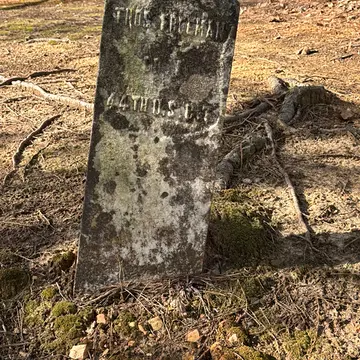
Berry College African American Cemeteries
Berry College | Mount Berry, GA
Two historically African American cemeteries are all that remain of the Reconstruction-era Freemantown and Shelton Family settlements founded by formerly enslaved people in Mount Berry, Georgia from 1870 to the 1920s. The sites are now part of Berry College’s Mountain Campus. Funding will support site surveys, condition assessments, and the development of a comprehensive preservation plan to protect these sacred spaces.
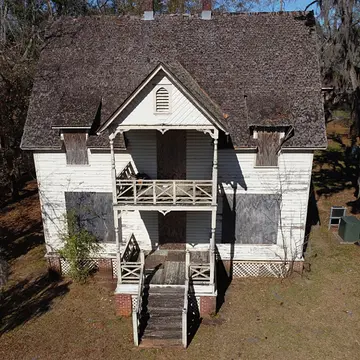
Gibbs Cottage
Florida Agricultural & Mechanical University | Tallahassee, FL
Constructed in 1892-94, Gibbs Cottage is the oldest remaining structure dating from Florida A&M University's founding in 1887. The cottage served as the home of Thomas Gibbs, a Black Florida state legislator who introduced the bill that established the institution. Funding will support a conditions assessment, feasibility study, and future preservation planning for the site.
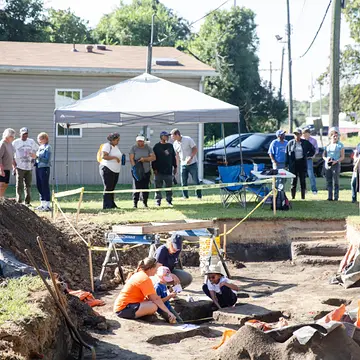
Historic Brooklyn, Illinois
Board of Trustees of the University of Illinois | Brooklyn, IL
Founded by free and self-emancipated Black Americans in 1829, Brooklyn, Illinois was one of the earliest freedom settlements in the United States. After decades of redevelopment in the surrounding area, the site was in danger of being lost and was put on the Landmarks Illinois Most Endangered Places List in 2023. Funding will support community interpretation and programming that uses archaeology as a way to share Historic Brooklyn's story.
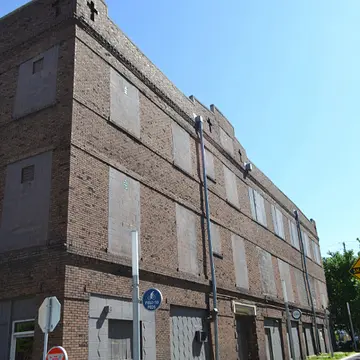
Colored Knights of Pythias, Indianapolis
Henderson Development | Indianapolis, IN
Constructed in 1911 by four lodges of the Colored Knights of Pythias fraternal order, the Tudor Revival-style structure served as a cultural hub for Black businesses and the Indianapolis community. Decades of deferred maintenance leaves the building in need of critical repairs. Funding will support the replacement of its roof, the next stage of a building-wide rehabilitation plan that seeks to restore it as a center of culture and economic empowerment.

Town of Glendora
Glendora Economic and Community Development Corporation | Glendora, MS
The town of Glendora lies a mile from Graball Landing, where 14-year-old Emmett Till's body was retrieved from the Tallahatchie River in 1955. Funding will support a town-wide preservation and innovative, forward-looking plan to evaluate Glendora as a gateway to the Emmett Till and Mamie Till-Mobley National Monument, which includes Graball Landing, the Tallahatchie County Courthouse, and the Mississippi Blues Trail.

Apollo Theater
Apollo Theater Foundation Inc. | Harlem, NY
Harlem's historic Apollo Theater is known worldwide for launching the careers of Black performers from Billie Holiday to H.E.R. since its opening in 1914. Building on the National Trust Community Investment Corporation’s tax credit financing partnership with Apollo Theater, funding will support the first comprehensive restoration of the theater space and the modernization of the building's mechanical systems.
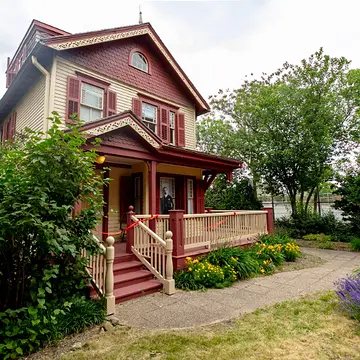
Lewis H. Latimer House Museum
Lewis H. Latimer Fund Inc. | Flushing, NY
Lewis Latimer served in the Union Army during the Civil War before becoming a draftsman and inventor. He contributed to the design and patent of the telephone with Alexander Graham Bell and the incandescent lightbulb with Thomas Edison. Today, his home in Flushing, Queens, New York is a museum dedicated to his legacy. Funding will support the museum's development of a financial sustainability plan to ensure long-term operations and programming.
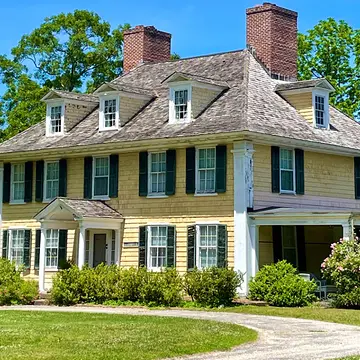
Sylvester Manor Educational Farm
Shelter Island, NY
Sylvester Manor was established as a plantation on Indigenous land in 1651. Connected to the Sylvester family's sugar trade in Barbados, enslaved Africans were brought to the manor on Shelter Island where they cultivated crops and constructed several buildings. Today, the site is an educational farm dedicated to telling the plantation's full history. Funding will support the manor house's attic preservation project and work to further explore the material culture and craftsmanship of the enslaved Black people who lived there.
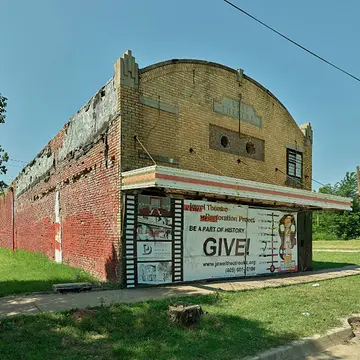
Jewel Theater
Open Design Collective | Oklahoma City, OK
Built in 1931 by entrepreneurs Hathyel L. and Percy H. James, and named after their daughter, the Jewel Theater was a center of Oklahoma City's Black community at a time when most other arts venues were segregated. The theater eventually closed its doors in the late 1960s. Today, the aftermath of urban redevelopment and decades of underinvestment have left the city's last historically Black theater in need of urgent repair. Funding will support the stabilization and restoration of the building's exterior.
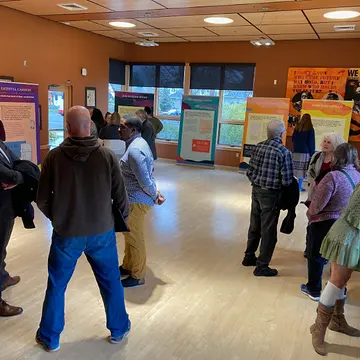
Letitia Carson Legacy Project
Oregon State University | Corvallis, OR
Letitia Carson was born into slavery in Kentucky between 1814-1818. In 1845, she emigrated to Oregon with her husband, an Irish immigrant, where they owned a 680-acre homestead in the Soap Creek Valley. Oregon State University's Letitia Carson Legacy Project seeks to preserve Carson's history and that of the earliest generation of Black settlers in Oregon. Funding will support the project's interpretive planning efforts to design public programs and site visits.
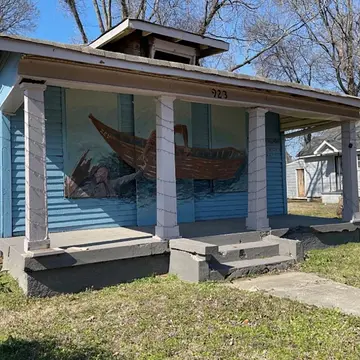
Tom Lee House: Klondike Cultural Center
Klondike Smokey City Community Development Corporation | Memphis, TN
Memphis' historically Black Klondike Smokey City neighborhood was once home to Tom Lee, a Black man who saved 32 people when a U.S. Army Corps of Engineers boat capsized in the Mississippi River in 1925. In appreciation of his bravery, a small brick house was built for him in the neighborhood, where he lived until he passed away in 1952. Funding will support a preservation and financial sustainability plan for the restoration of the Tom Lee House as a cultural center dedicated to his, and the neighborhood's, history.
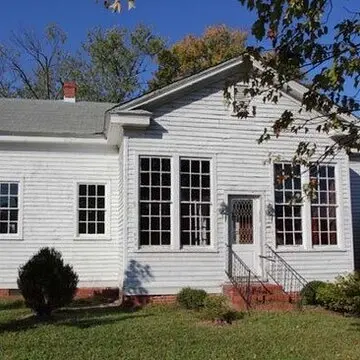
Woodville School
Woodville Rosenwald School Foundation | Gloucester, VA
Established in 1923 and active until the early 1940s, Woodville School was one of over 5,000 educational institutions founded for Black children by Booker T. Washington and Julius Rosenwald. Funding will support the Woodville Rosenwald School Foundation’s development of interactive, interpretative exhibits on-site that will be accessible to all students and visitors.
Descendant and Family Stewardship Initiative
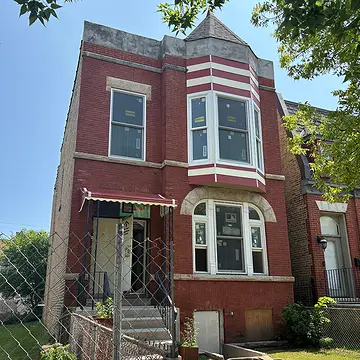
Muddy Waters Mojo Museum
Chicago, IL
McKinley Morganfield, known as Muddy Waters, is considered one of the fathers of Chicago Blues music. The home he purchased in the city’s North Kenwood neighborhood became a hub for local musicians and is a designated Chicago Landmark and listed on the National Register of Historic Places. The building now houses the Muddy Waters Mojo Museum, where funding will support the family-led institution’s long-term master planning and visioning to guide their stewardship of this music legend’s legacy.
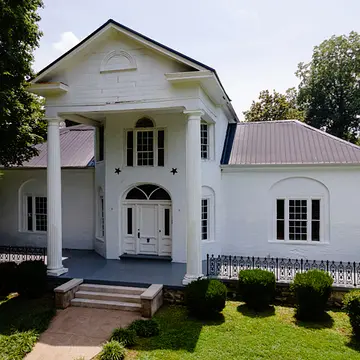
Bibb House and Bibbtown Church-Cemetery
Historic Russellville, Inc. | Russellville, KY
Revolutionary War Major and enslaver Richard Bibb lived in an early 1800s Palladian-style townhouse in what is now the historic district of Russellville, Kentucky. Following Bibb’s death, he deeded 1,200 acres of land to nearly 100 individuals he had formerly enslaved. These freed people established a community there called Bibbtown. Today, descendants of this community lead the SEEK Museum, which operates from the Bibb House, actively preserving and interpreting the full histories of Bibbtown and its founders. Funding will support collaborative stewardship planning with descendants to expand preservation, interpretation, and management of the Bibbtown church and cemetery.
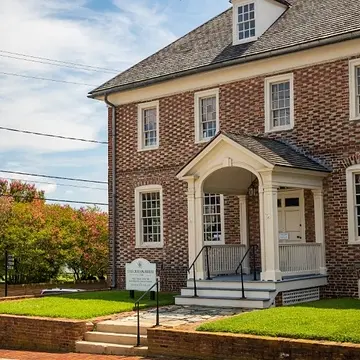
The Custom House
Washington College | Chestertown, MD
The Custom House in Chestertown, Maryland was originally home to Thomas Ringgold, one of Maryland’s most infamous slave trading agents. It also became the site of a major civil rights victory when Josephine Carr, a free Black woman, won a lawsuit forcing the integration of Maryland’s steamboats and other public transportation. It is also a historically important site for Black Chesapeake maritime history. Funding will support descendant-led work to expand interpretation, placemaking, and preservation that will engage community members and visitors with the site’s full history.
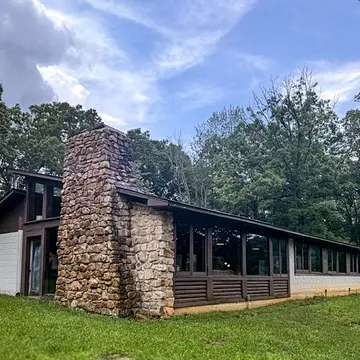
Highlander Research and Education Center
New Market, TN
Originally founded as the Highlander Folk School in 1932, the Highlander Research and Education Center was closely tied to the Civil Rights Movement, providing training to leaders including Rosa Parks, Rev. Martin Luther King Jr., John Lewis, and others. After recent reclamation of its original site and property by community advocates, funding will support stewardship planning for the long-term conservation of the center's buildings and its future as a hub for social activism.
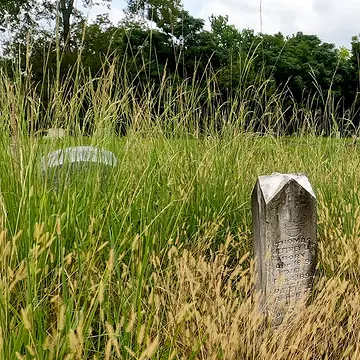
Olivewood Cemetery
Descendants of Olivewood Inc. | Houston, TX
Olivewood Cemetery dates from 1875 and is the first incorporated African American cemetery in Houston. After suffering years of underinvestment, flooding, and overgrowth, Descendants of Olivewood Inc. formed with the goal of restoring and protecting the site as a source of intergenerational historical, cultural, and educational connection. Funding will support descendants with long-term governance, management, and preservation planning efforts.
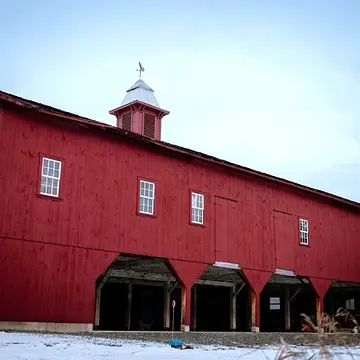
Clemmons Family Farm
Charlotte, VT
Dr. Jackson Clemmons and Mrs. Lydia Monroe Clemmons purchased their late-1700s era farm in Vermont in 1962. Over the years, they ran an African art import and mail-order business, one of the first in the country, from the property. The site is now part of the Vermont African American Heritage Trail and houses an exhibit of the Clemmons’ personal art collection. Funding will support family-led stewardship planning to ensure the site’s future public programming and capital project goals.
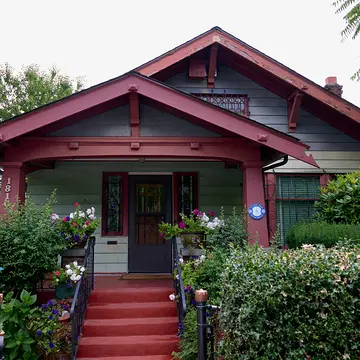
Dr. James & Janie Washington Cultural Center
James W. Washington Jr. and Janie Rogella Washington Foundation | Seattle, WA
The Dr. James & Janie Washington Cultural Center is in Seattle's Central District, the historical center of the city’s Black community. Dr. James Washington Jr. was a Black painter and sculptor who, after working as an artist for the Works Progress Administration, migrated with his nurse wife Janie from Mississippi to Seattle in 1944. James continued exhibiting his artwork, finding community in the Northwest School art movement, and working from the studio behind his and Janie’s home. In 1997, the Washingtons created a trust and willed their estate to the James and Janie Washington Foundation with a mission to continue their work and legacy. Building on family-led estate planning, funding will support descendant-led stewardship planning for the organization and site.
Conserving Black Modernism
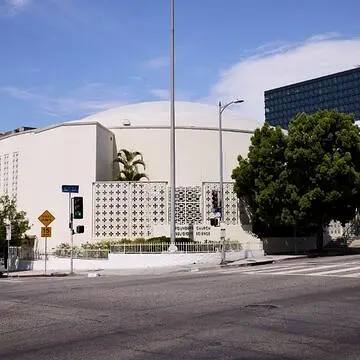
Founders Church of Religious Science
Founders Community Outreach Corporation | Los Angeles, CA
Founders Church of Religious Science was established by Dr. Ernest Holmes in 1932. In the late 1950s, the congregation commissioned Paul R. Williams, the first Black member of the American Institute of Architects, to design its new building. Williams created a sleek, elliptical design in reinforced concrete, drawing on geometric forms that represented Holmes’ teachings. The nearly 20,000 sq. ft. building was dedicated in 1960. Grant funding will support an accessibility and interpretation plan, enabling more efficient use of the building and opportunities for creative storytelling of the church’s architectural legacy.
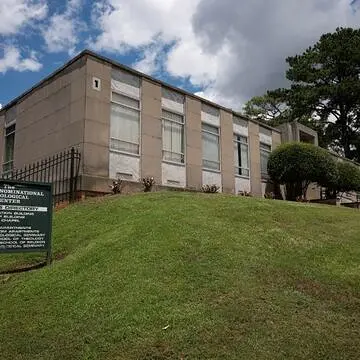
Administration Building
Interdenominational Theological Center | Atlanta, GA
The Administration Building at the Interdenominational Theological Center is the oldest building on the center’s campus, completed in 1961. It was designed by Edward C. Miller, the first licensed Black Architect in the state of Georgia. Funding will support a Historic Structures Report, building assessments, a reuse study, and greater historical documentation of Miller’s groundbreaking career.
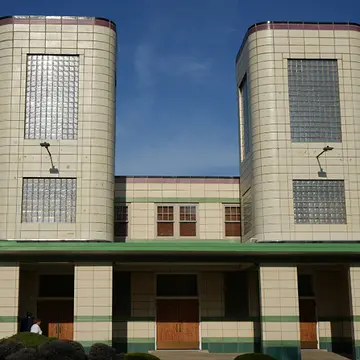
First Church of Deliverance
Chicago, IL
First Church of Deliverance was founded by Clarence Henry Cobbs in 1929, and moved into its current building, redesigned in 1939 by Walter T. Bailey. Bailey was the first licensed Black architect in Illinois. First Church of Deliverance’s main building was an innovative adaptive reuse project, repurposing a former hat factory, and is clad in glazed terracotta tiles. Funding will support the first comprehensive Preservation Plan for the church campus, including the main church building, the Maggie Drummond Community Center & Day Care, and the children’s church building.
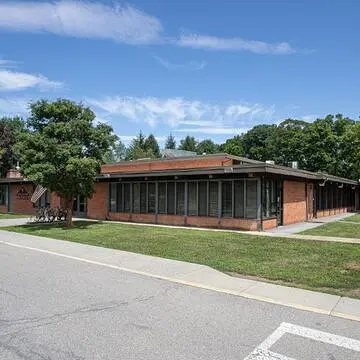
2500 New Hackensack
Vassar College | Poughkeepsie, NY
The 2500 New Hackensack Building was completed on Vassar College’s campus in 1963 and designed by Jeh Vincent Johnson, co-founder of the National Organization of Minority Architects. The building is also exemplary of Black architects’ contributions to the Modernist style, featuring a minimalist brick, steel, and glass construction. Grant funds will support a Facilities Management and Preservation Plan and support deeper engagement with and interpretation of Johnson’s legacy on campus.
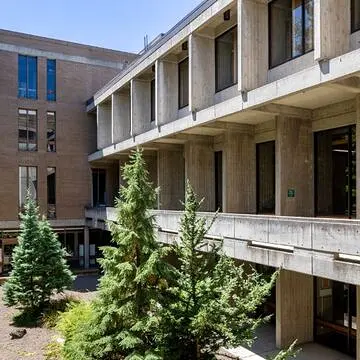
McKenzie Hall
University of Oregon | Eugene, OR
The University of Oregon’s McKenzie Hall was designed in 1968 by DeNorval Unthank Jr., the first Black graduate of the university’s architecture school. Grant funding will support a Preservation and Interpretation Plan to recognize Unthank's contribution to the campus’ design through an interpretive display in the building and inform the future conservation of McKenzie Hall as an historic resource.



.webp)